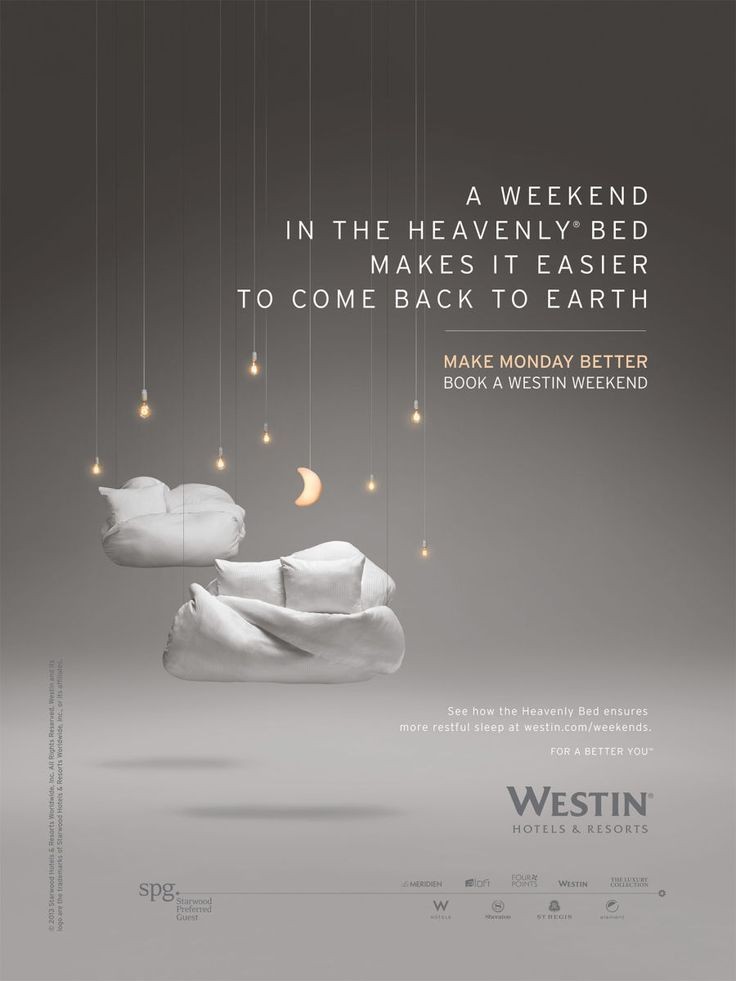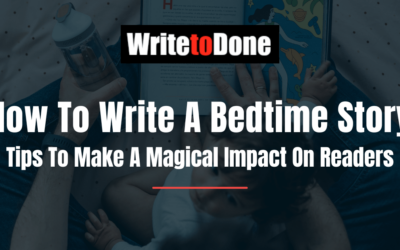Great copywriters aren’t born.
They may have certain traits in common, but these were learned, not inherited.
Because, there are a number of commonalities that go into making great copy. And if you learn these traits, you too could become a great copywriter.
Great Minds Think Alike
Brian Feldman of Feldman Creative spoke with 27 of the best copywriters around to get their take on what makes for great copywriting.
What he found was that though they have their own styles that have led to their success in the field, they pretty much agree on some writing basics: It takes time and hard work.
This was from Doug Kessler, whom Feldman considers as the best copywriter he knows. Hard work entails fully understanding your subject and your audience. And those entail listening, asking questions, and doing ample research.
Putting the work in to accomplish those allows you to have a solid foundation to create compelling copy that is able to achieve your goals–whatever they may be.
As Kessler puts it:
“The final ‘wordsmithing’ is just the veneer on top of a solid table made with hardwood and nails and saws.”
Here are 5 traits great copywriters have in common:
1. They understand who their audience are
This is a crucial starting point, because it matters not if you have unmistakable panache when it comes to word weaving or if you’re extremely knowledgeable in the product / idea you’re trying to sell.
If you don’t understand your audience, you won’t be able to establish that vital connection with your readers.
As renowned copywriter David Ogilvy puts it, “If you’re trying to persuade people to do something, or buy something, it seems to me you should use their language, the language they use every day, the language in which they think.”
2. They tug at emotions
Elasticity SVP Jason Falls put it succinctly, but extremely spot on, when they told Feldman:
“You can’t have great copywriting without an emotional trigger. Something has to move your audience. Maybe it’s to act. Maybe it’s to laugh. Maybe it’s to cry. But copy without an emotional trigger doesn’t.”
Part of this goes back to understanding your audience – their pain points, and what makes them tick.
Take this copy, for example:

It understands that the target audience are those that work hard and are frequently tired from the daily grind. Merely saying that a particular hotel has the most comfortable beds won’t be enough to convince people to book a stay. Instead, it stresses the importance of a relaxing weekend, and how it leads to facing the dreaded Monday in a much better state.
3. They write with humanity
When you’re tasked to write seemingly endless amounts of copy for various clients with different objectives, it’s easy to turn into a corporate bot. When you forget to write with passion, you inevitably begin to write without soul – distancing yourself from the audience, and defeating the entire purpose of the copy.
Boagworld cites a great example of a copy that lacks any hint of humanity:
“As well as ensuring students make the most of their potential through their academic studies, University of Essex also provides an environment which caters for all of the needs of its students through providing a range of accommodation, catering facilities, an active Students’ Union, sport, and the arts.”
At no point does it speak with the readers, talking about students, and referring to themselves in the third person. There’s nothing in there that fosters any kind of connection. Compare that with Boagworld’s simple rewrite.
“Student life is about more than studying. We support you with everything you’ll be looking for: from accommodation and catering through to an active Students’ Union, great sports facilities and an engaging arts programme.”
With just a few adjustments, it already sounds more like how two people would talk, as opposed to just having a list of what the university has.
4. They keep up with the times
Copywriters are tasked to touch on a breadth of topics, designed to speak to an equally diverse audience. The ability to do so comes partly from research, but more importantly, great copywriters must have an innate thirst for new information, trends, ideas—basically the nuances of how the market is evolving.
Some of the ways to nurture this trait is by browsing online, reading about the things people are talking about, and even more reading. This allows you to adjust your tone depending on who you’re speaking to, and avoid making outdated references. People slide into DMs; Nobody “pokes” anyone anymore.
5. Empathy
This was the common thread among the 27 copywriters Feldman reached out to.Simply put the only way you can accomplish the four items above is by being able to empathize with your intended audience.
As Rainmaker Digital CEO Brian Clark puts it:
“Great copy doesn’t speak to people, it enters the conversation already playing in their heads. Unless you can put yourself in their shoes, see their perspective, and walk their path, your copy will never qualify as great.”
It’s not possible to tug at the right emotional triggers if you don’t empathize with your audience. You can’t speak with humanity to them if you don’t fully put yourself in their shoes, feel their pains, and understand their wants. In short, great copy almost always begins and ends with empathy.
The Traits of Great Copywriters
Which of the five traits above do you feel you already have? Which of them do you feel you need work on?
There are other traits that make great copywriters possess, but if you solidify those listed above, you’re already setting yourself up for becoming a great copywriter.
















